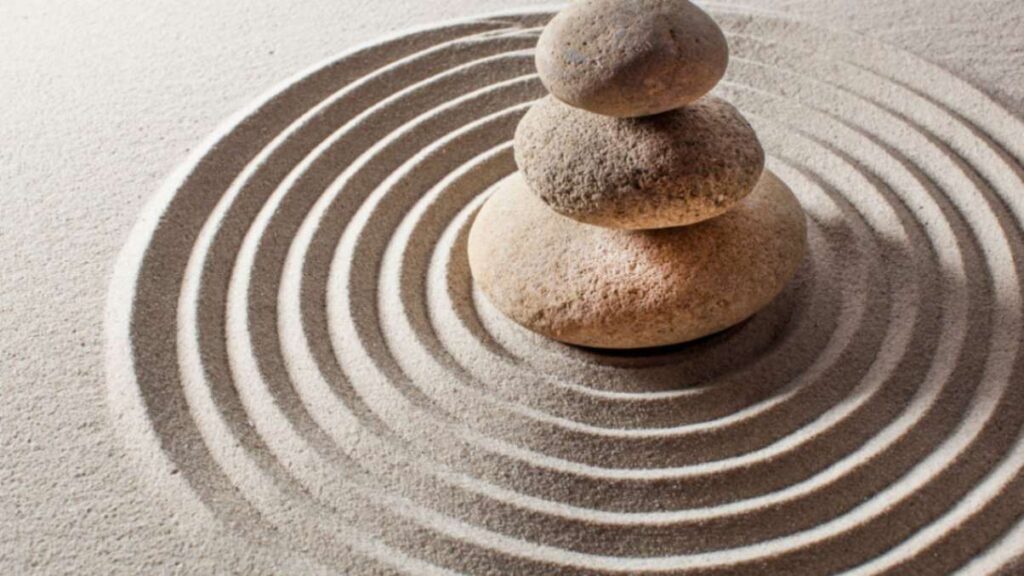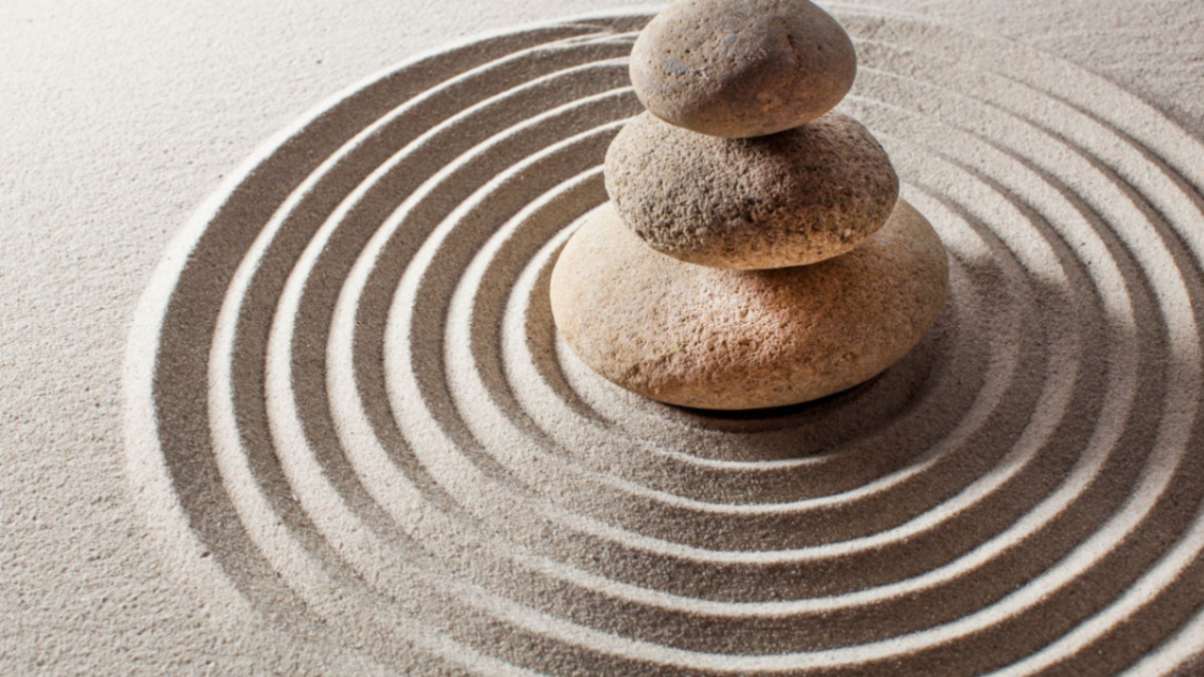Mastering The Art of Balance in Life
Have you ever felt like juggling too many things at once, struggling to keep everything in the air? In our fast-paced, always-connected world, maintaining a balance in life can seem like an elusive dream. Yet, achieving this balance is essential for our overall well-being.

The Importance of Balance in Life
Balance in life is about allocating the right amount of energy and time to various aspects of our lives – work, family, health, hobbies, and social activities. It’s not just about dividing time equally but about giving each area the attention it deserves. The significance of finding this balance cannot be overstated. It’s the cornerstone of our mental, emotional, and physical health.
Challenges in Achieving Balance
Attaining a perfect balance in life is often easier said than done. One of the main challenges is the demanding nature of modern work culture, which can encroach upon personal time. Social media and technology can also overwhelm us with information and make us feel like we’re always working. Sharing personal stories about struggling to unplug and manage time can show how this affects people.
Practical Tips to Achieve Balance
Achieving balance is a personal journey, but there are universal tips that can help. First, prioritize your tasks. Understand what’s urgent and what can wait. It’s also crucial to set realistic goals and expectations for yourself. Remember, it’s about progress, not perfection. Secondly, learn to say no. You don’t have to accept every invitation or request that comes your way. Protecting your time is key to maintaining balance. Lastly, incorporate relaxation and downtime into your routine. Whether it’s reading, yoga, or just a quiet walk, these activities recharge your mind and body.
The Role of Mindfulness in Maintaining Balance
Mindfulness helps you stay balanced by focusing on the present moment without distractions. It lets you notice when things feel off. Simple exercises like breathing or walking can fit into your day and keep you centered.
Balancing Work and Personal Life
One of the toughest aspects of achieving balance in life is managing the delicate balance between work and personal life. It’s essential to draw clear boundaries between the two. For instance, designate work-free zones at home or specific times when you won’t check work emails. Equally important is to make your personal life a priority. Engage in activities that make you happy and spend quality time with loved ones.
Incorporating Expert Opinions and Research
Psychology experts and life coaches say balance is key for mental health and getting things done. Studies show that balanced people are less likely to get burned out or have stress-related problems. They also tend to have stronger relationships and a deeper sense of personal fulfillment.
Addressing Different Life Stages and Circumstances
The quest for balance varies across life stages. For students, it might involve balancing studies with social life. Working professionals may struggle with juggling career demands and family responsibilities. Parents have the added challenge of caring for children, and retirees may seek balance in life after work. Tailored advice for each group can make the journey towards balance more achievable.
Interactive Elements for Self-Assessment
Encourage readers to assess their current life balance through exercises or reflective questions. A practical exercise could be to list daily activities and identify areas of overwhelming or lacking engagement. This self-assessment can be a powerful tool in understanding where adjustments are needed.

Detailed Mindfulness Practices
Expand on mindfulness practices through different mindfulness activities like meditation, writing in a journal, or doing relaxing hobbies. They clear your mind, reduce stress, and boost your mood. You can customize them to fit your lifestyle, so anyone can benefit.
Additional Work-Life Balance Strategies
Offer more in-depth strategies for balancing work and personal life. Discuss the benefits of time management techniques like the Pomodoro Technique or the Eisenhower Box. Highlight the importance of unplugging from digital devices to enjoy quality family time. Also, suggest effective communication methods with employers and family members to establish and respect personal boundaries.
Long-Term Benefits of a Balanced Life
A balanced lifestyle leads to improved mental and physical health. It helps prevent long-term stress and burnout, improves focus and productivity, and strengthens relationships. This balance leads to greater personal satisfaction and lasting happiness.
To Summarize
Balance in life is about finding harmony in our daily activities and responsibilities. It’s about prioritizing what truly matters and allowing ourselves the space to grow and enjoy life. We can balance our lives by deciding what’s most important, staying aware of the present moment, and knowing when to say no. Remember, every step towards balance is a step towards a healthier, happier you.
We encourage you to start your journey towards a balanced life today. Share your experiences or tips on how you maintain balance in your life. Let’s inspire and learn from each other on this journey.




